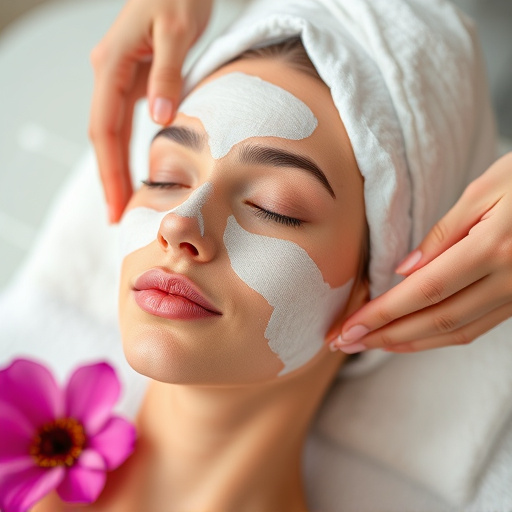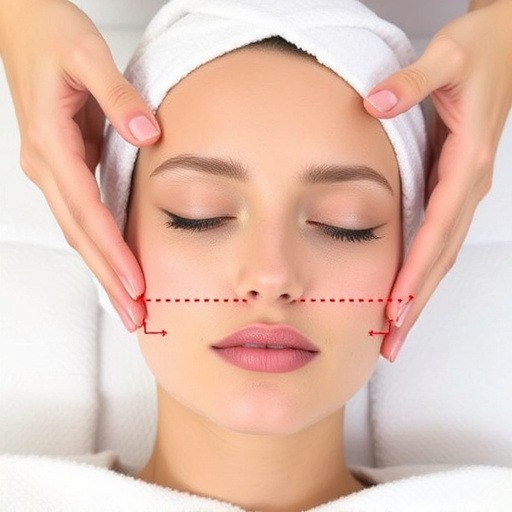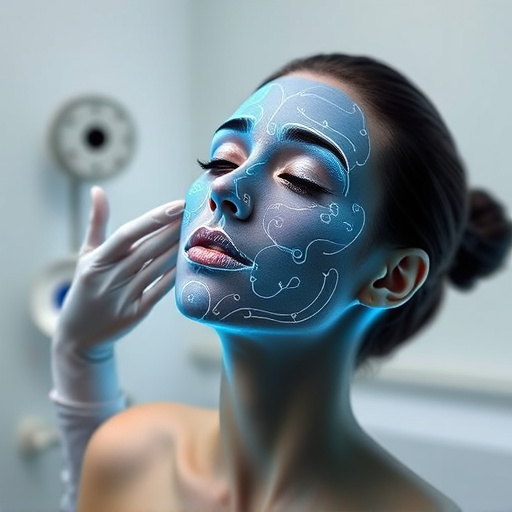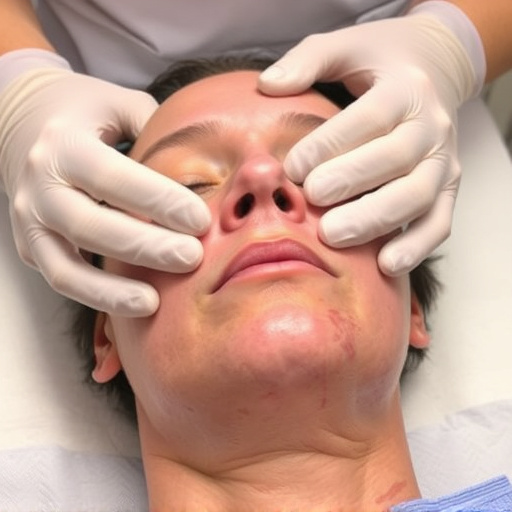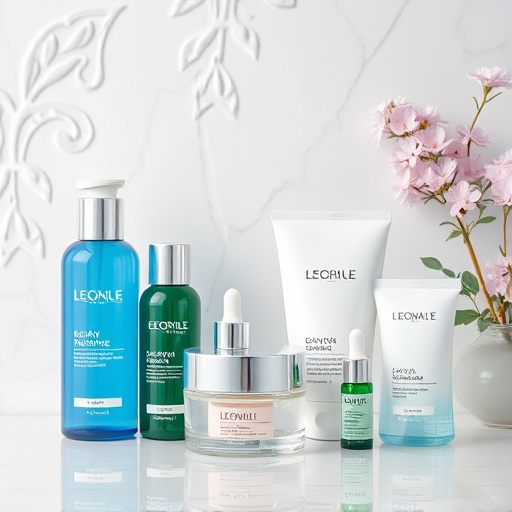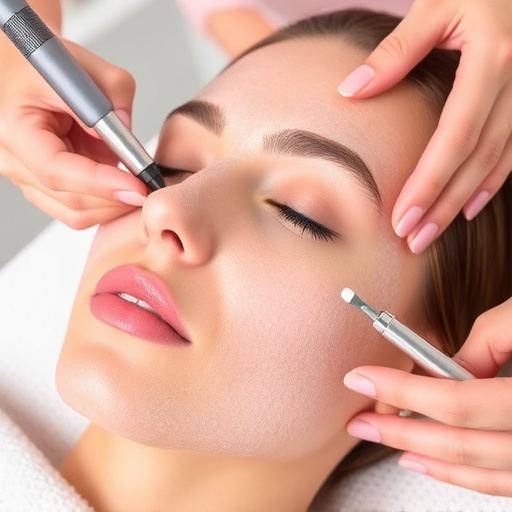Oil control facials are tailored treatments for combination or oily skin, addressing excess shine, clogged pores, and acne by unclogging pores, minimizing large pores, and gently removing buildup without stripping moisture. Chemical peels, in contrast, offer intense results through exfoliation, stimulating healing, and producing new cells for improved texture and reduced signs of aging. Oil control facials provide immediate relief with minimal downtime while chemical peels yield long-lasting improvements but may require multiple sessions. The ideal choice depends on individual skin goals and tolerance for different treatment methods.
“Unravel the battle between two popular skin treatments: Oil Control Facials and Chemical Peels. Both aim to tackle oily, acne-prone skin but differ in approach. This article guides you through the intricacies of each method.
First, we explore oil control facials—a deep cleansing ritual designed to unclog pores and regulate excess sebum production. Then, delve into the science behind chemical peels, where controlled exfoliation reveals smoother, brighter skin. By comparing their effects, benefits, and considerations, discover which treatment aligns best with your skincare goals for effective oil control.”
- Understanding Oil Control Facials: Deep Cleansing for Oily Skin
- The Science Behind Chemical Peels: Exfoliation and Renewal
- Comparing Effects: Benefits and Considerations for Each Treatment
Understanding Oil Control Facials: Deep Cleansing for Oily Skin

Oil control facials are a deep cleansing treatment designed to tackle oily skin head-on. They involve a thorough extraction of excess sebum, dead skin cells, and impurities from the pores, leaving the complexion feeling refreshed and balanced. This type of facial is particularly beneficial for individuals with combination or oily skin types who struggle with shine throughout the day.
By focusing on deep cleansing, oil control facials go beyond surface-level cleaning. They aim to unclog pores, prevent acne formation, and minimize the appearance of large pores. Skilled estheticians use specialized tools and products to ensure effective yet gentle removal of buildup without stripping away essential moisture from the skin. This personalized skincare approach leaves the skin feeling purified, allowing it to absorb subsequent products more effectively.
The Science Behind Chemical Peels: Exfoliation and Renewal

Chemical peels work by chemically exfoliating the skin, removing dead skin cells and uncovering smoother, younger-looking skin below. This process involves applying a chemical solution to the face, which creates a controlled injury, stimulating the body’s natural healing response. As a result, new, healthier skin cells are produced, leading to improved texture, reduced fine lines and wrinkles, and enhanced overall appearance.
This science-backed approach differs from oil control facials, which focus on managing sebum production and maintaining a balanced complexion. While chemical peels offer intense results for those dealing with acne scars, hyperpigmentation, or sun damage, they may not be suitable for everyone due to their potency. In contrast, oil control facials are gentler, aiming to regulate oil production without the deep exfoliation of chemical peels. Consider your skin’s specific needs when deciding between these two effective yet distinct treatments for achieving a radiant, healthy face.
Comparing Effects: Benefits and Considerations for Each Treatment

When comparing oil control facials to chemical peels, both treatments aim for a healthier complexion but differ in approach. Oil control facials focus on balancing and regulating oily skin by using specific products and techniques to reduce sebum production and minimize pore appearance. These treatments are ideal for those dealing with occasional breakouts or excess oil, offering a more gentle yet effective solution. On the other hand, chemical peels involve applying chemicals to the skin to lift away dead cells, stimulating collagen production, and enhancing skin texture. Chemical peels are powerful tools for addressing various skin concerns, from fine lines and wrinkles to age spots and uneven skin tone, providing significant improvements in skin clarity and radiance.
Benefits of oil control facials include their ability to provide immediate relief from oily skin without causing significant downtime or irritation. They are suitable for all skin types, especially those prone to acne or with sensitive skin. In contrast, chemical peels offer more profound results over time, making them appealing for individuals seeking long-lasting improvements in skin texture and tone. However, they may require multiple sessions and have specific aftercare instructions, including potential redness, flaking, and sensitivity to sunlight. Choosing between the two depends on individual skin goals, severity of concerns, and tolerance for different treatment approaches.
When deciding between an oil control facial and chemical peels, understanding the unique benefits of each treatment is key. Oil control facials offer a thorough deep cleansing experience, ideal for managing oily skin by removing excess sebum. Chemical peels, on the other hand, provide exfoliation and skin renewal, promoting a smoother, more even complexion. Both methods have their merits, but for those specifically seeking to tackle oiliness, an oil control facial may be the better initial choice due to its targeted approach. Remember, the ideal treatment depends on individual skin concerns and preferences.



